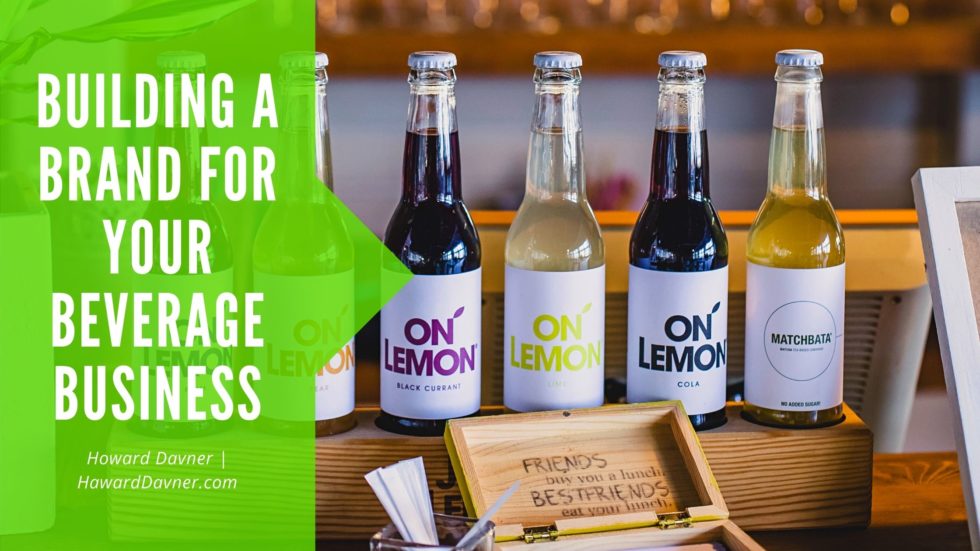The drinks industry has always been booming – and with more entrepreneurs entering the field, there are more options than ever before. While delightful for customers, this variety means that new businesses must establish their brands quickly to stand out.
The ultimate goal for creating a brand is to define the company in a memorable way for customers. Something that will make the business distinct in their minds – and something they’ll want to come back to.
Given how much impact a well-designed brand can have on a company, there’s quite a lot of pressure that goes into these early stages. With that in mind, here is some advice on building a brand for a beverage business.
Identify Two Key Components
Before sitting down and starting the process of developing a brand, you must first identify two key components. The first is your target demographic. In other words, now is the time to try and identify who would be the most interested in buying your product.
The second component that needs to be identified early on is in regards to the product itself. What makes your company unique? What will attract potential customers – and, more importantly, keep them coming back?
Once these two elements have been sorted out, everything else will begin to fall into place behind them. For example, a company with a sugar-free beverage will likely promote towards health-conscious customers, which in turn will help decide marketing campaigns and even certain design elements.
Brand Advice
When designing your brand, there are a few tips that one should follow. Everything for this brand should be visually consistent. That is to say – every piece of packaging, artwork, logos, etc., should all look like it follows the same rules. That’s how visual brands are built, and it helps customers recognize and find your products.
On a related note, creating aesthetically pleasing packaging and labels for your beverages is a huge plus. Customers love a good-looking bottle – there’s no point in denying that fact. A high-quality design will pay for itself in no time.
Finally, design a logo that carries the message of your brand. The logo is a quick and visual identifier, but nothing stops it from having something to say. Create something memorable and evocative. Remember, it’s okay to be particular at this point, and there’s no harm in going through several different logos before settling on the right one.
Article originally published on HowardDavner.com


